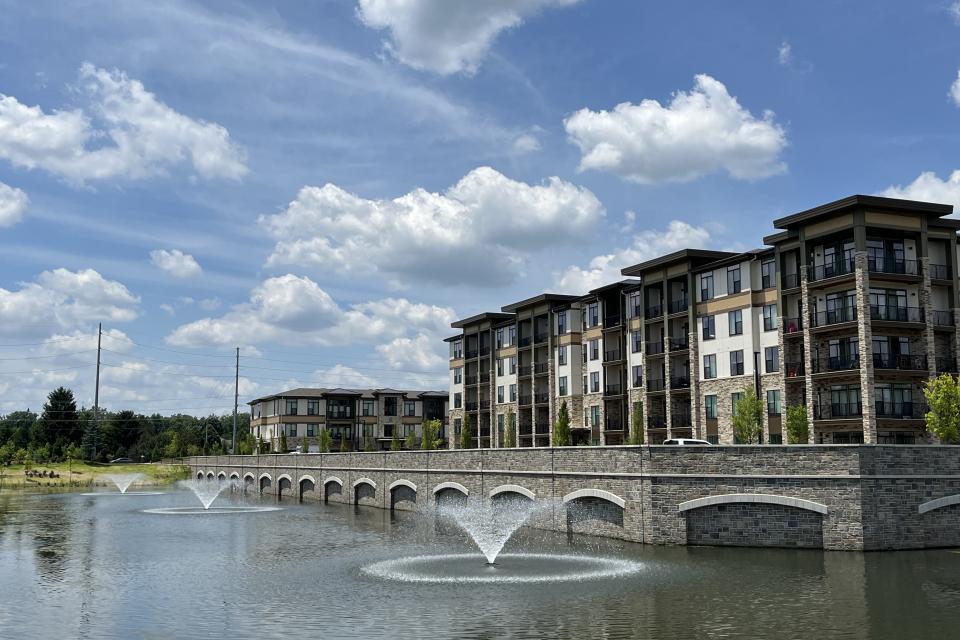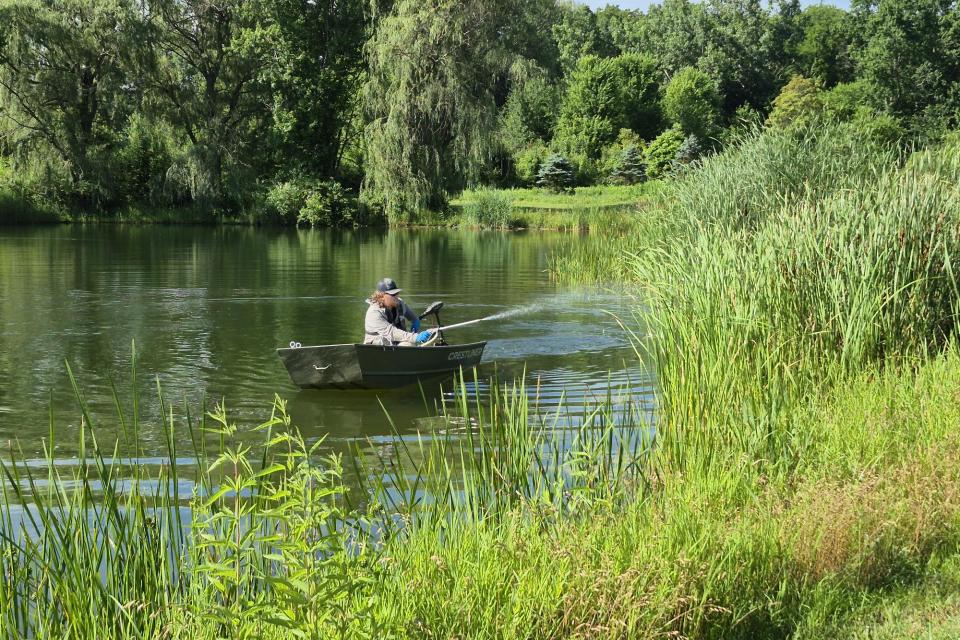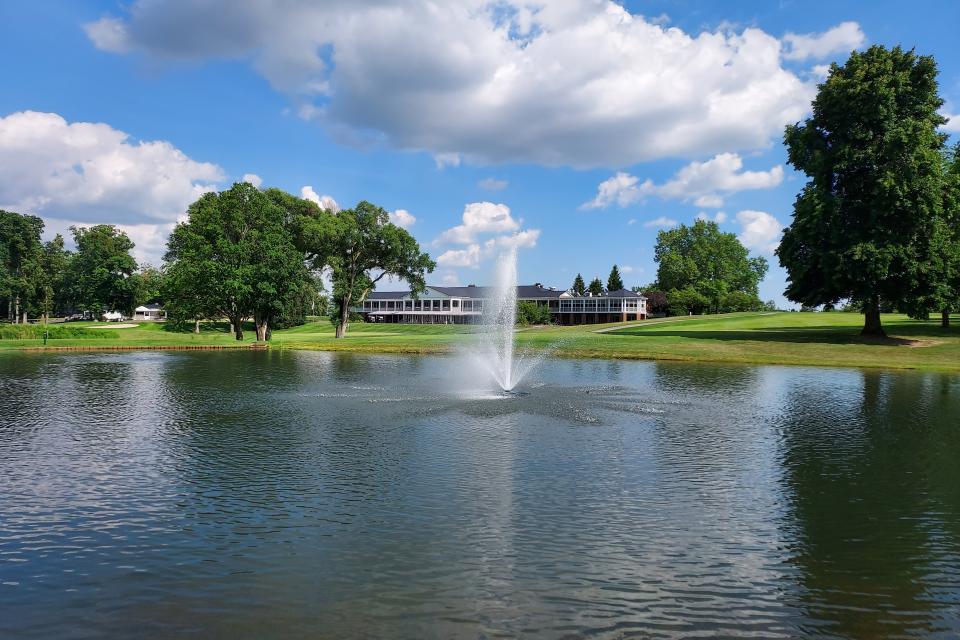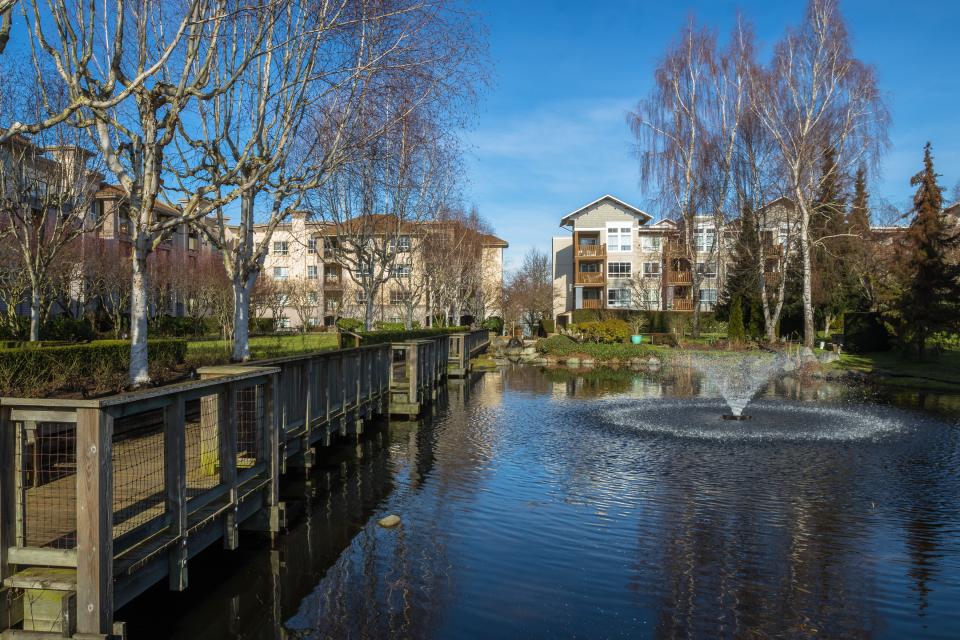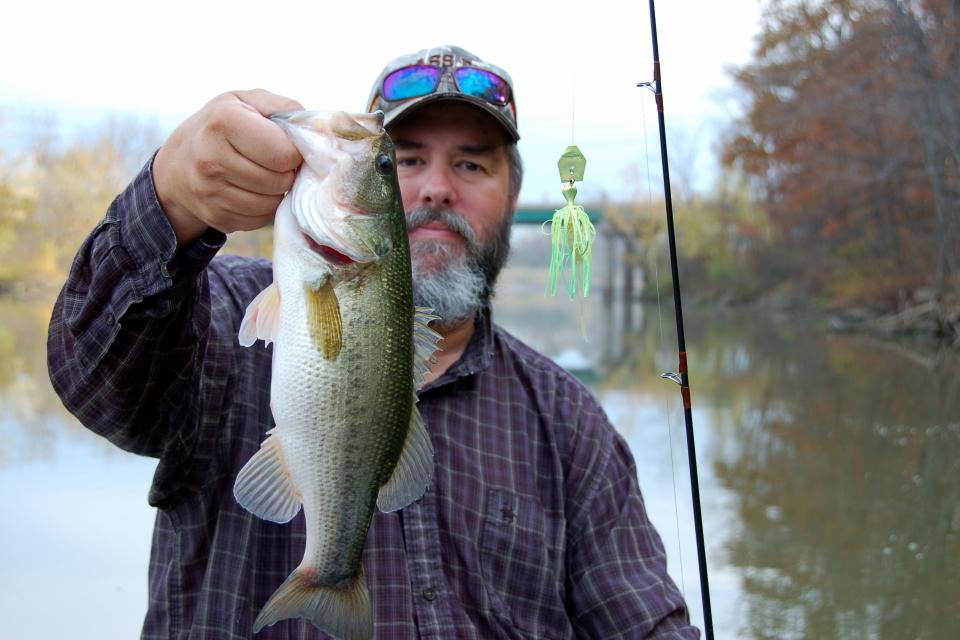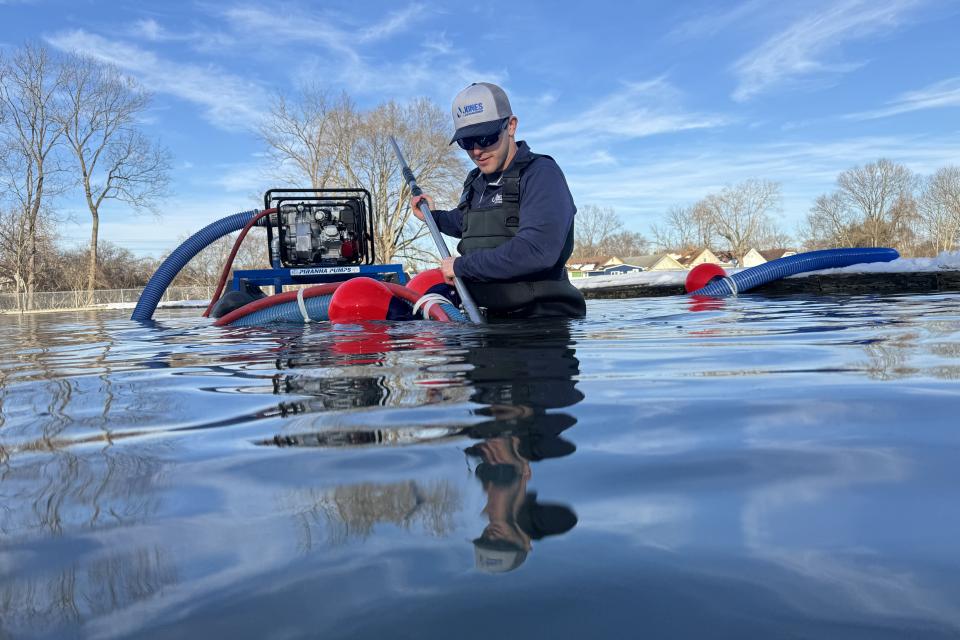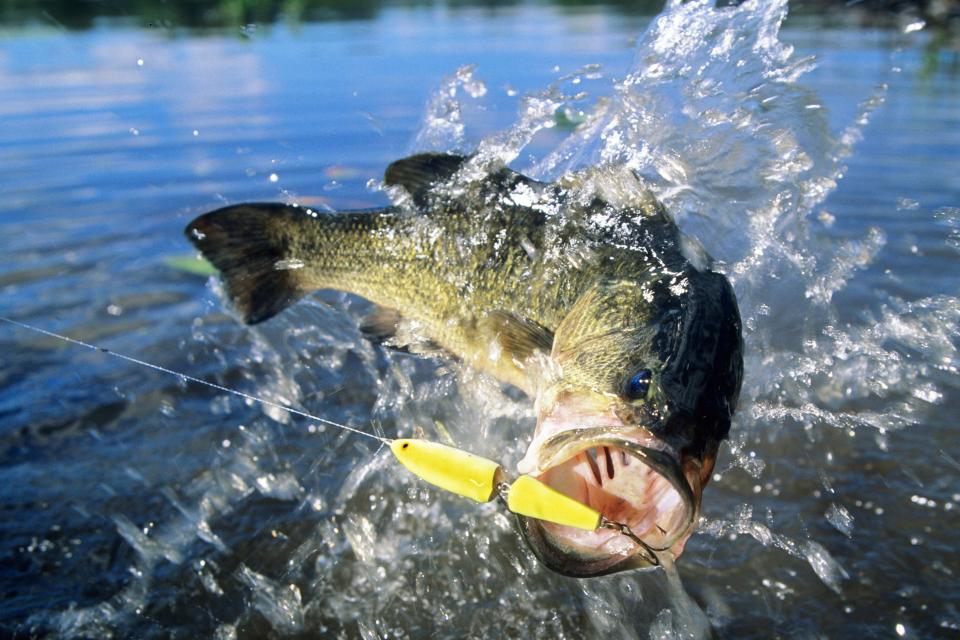Targeted Hydraulic Dredging
As sediment and nutrient-rich muck slowly steal depth and circulation from lakes and ponds, targeted hydraulic dredging offers a low-impact, proven way to restore water quality, depth, and long-term lake health.
what is targeted hydraulic dredging?
Targeted hydraulic dredging uses specialized suction equipment to remove built-up muck and sludge from high-accumulation problem areas such as inlets and windblown corners. The material is pumped as a slurry to a designated settling pond or dewatering bag, allowing sediment to be removed with minimal disruption to shorelines and surrounding habitat.
Ideal For:
- Lakes and ponds with soft, nutrient-rich muck
- Waterbodies needing sediment removal without draining
- Areas with widespread sediment buildup
- Sites with limited access or sensitive shorelines
- Ongoing algae and water quality issues
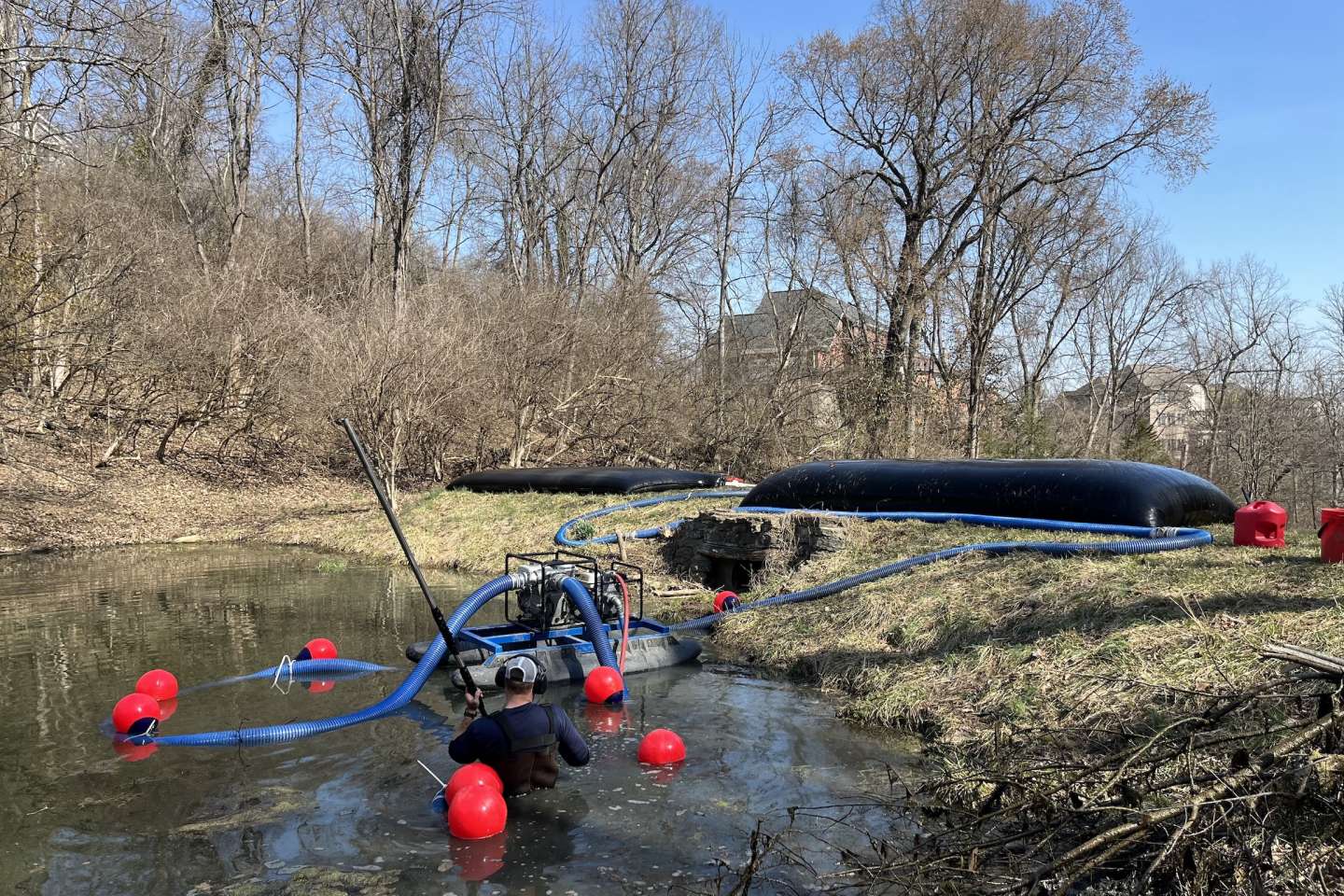
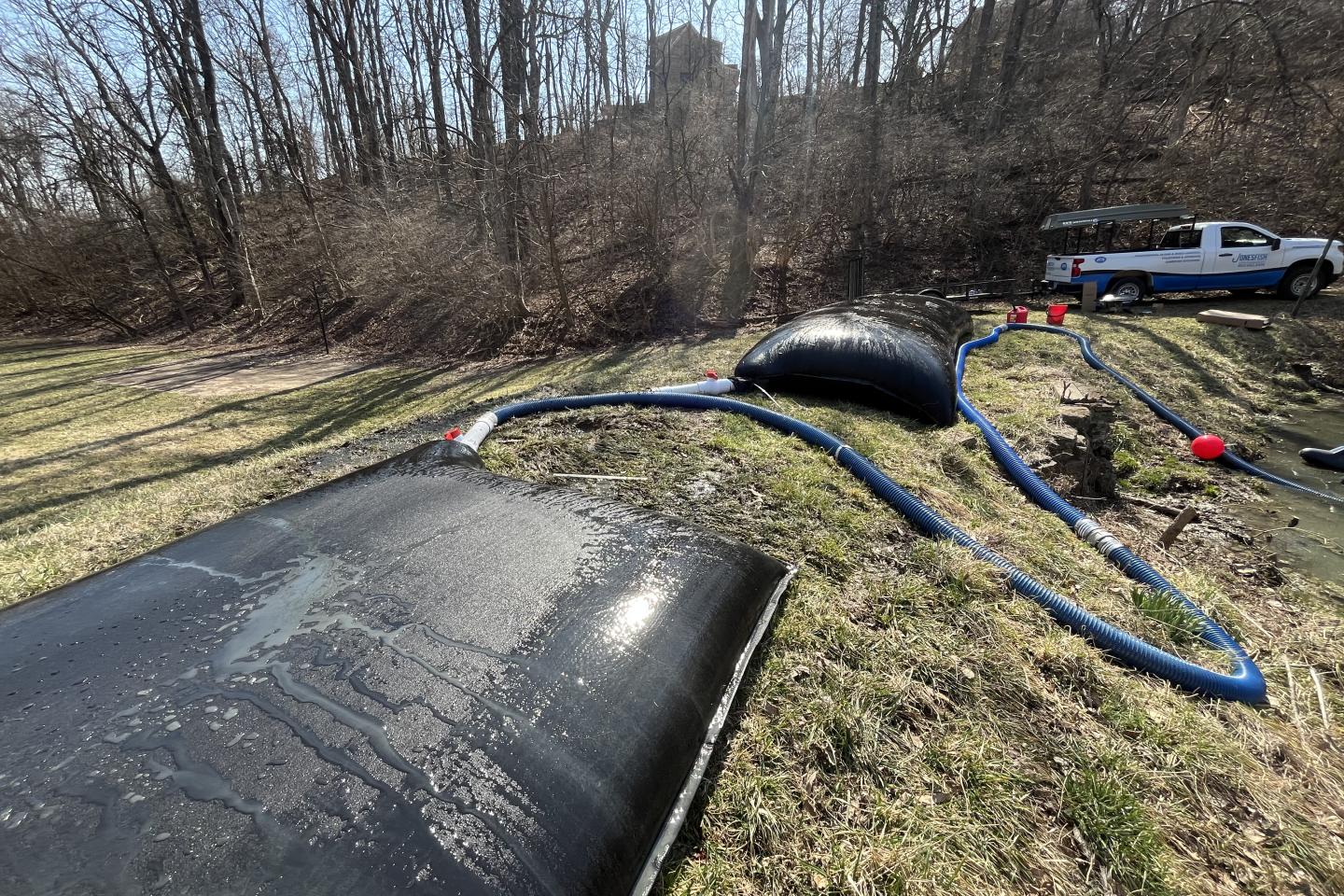
What we do
At Jones Lake Management, we evaluate sediment composition, pond size, access points, nutrient loading, and long-term management goals to design a customized hydraulic dredging plan. By focusing on areas where sediment collects most rapidly, targeted dredging can significantly improve overall lake health and even delay the need for more extensive dredging projects.
An accumulation of decaying algae, fish waste, leaf litter, grass clippings, and other debris leads to high nutrient loads, especially phosphorus, which fuels nuisance algae and weed growth. Over time, this buildup accelerates pond aging, turning healthy waters into nutrient-rich bogs. Our targeted approach removes dense sludge from critical areas, reducing phosphorus levels and restoring nutrient balance without the high cost and disruption of full-pond dredging.
Dewatering bags are often used to collect and contain the dredged material. These specialized bags trap solids while allowing clean water to drain, minimizing the mess and site disruption.
Key Benefits of Targeted Hydraulic Dredging
- Cost-Effective: Focuses on high-muck areas like inlets and corners, delaying or avoiding the need for full-scale dredging.
- Reduces Algae & Weeds: Removes phosphorus-rich sludge that fuels unwanted aquatic growth.
- Slows Pond Aging: Regular sludge removal helps maintain the pond’s natural balance and extends its lifespan.
- Cleaner Operation: Dewatering bags keep the site neat, organized, and environmentally friendly.
- Supports Long-Term Health: Promotes clearer water and a healthier habitat for fish, plants, and wildlife.
Whether used as a one-time restoration or part of an ongoing maintenance plan, Targeted Hydraulic Dredging is a proactive, eco-friendly way to preserve your pond’s beauty, health, and function.
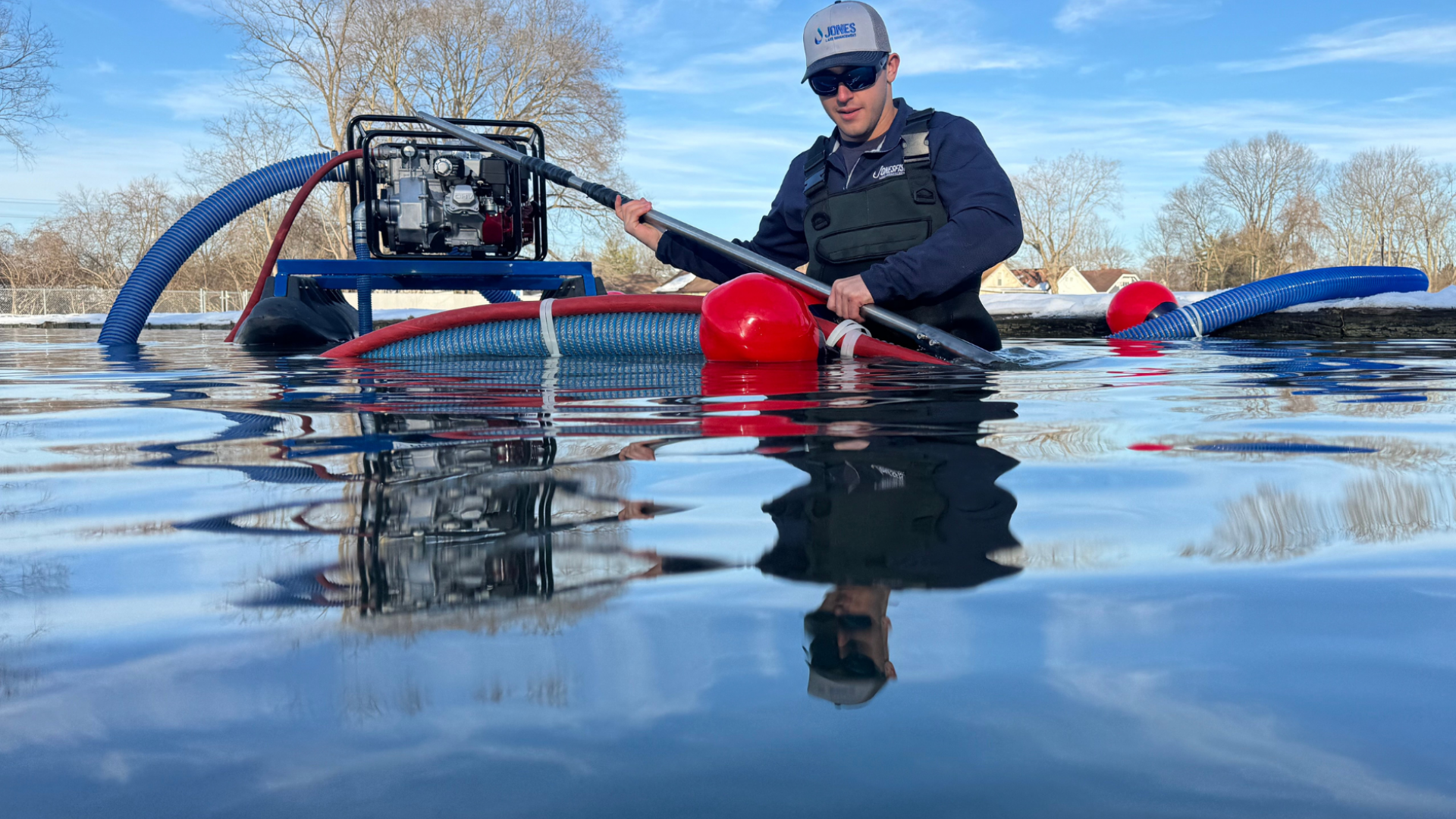
Still need some things answered?
Dredging FAQs
The three primary methods are targeted hydraulic dredging, lake and channel hydraulic dredging, and mechanical dredging. The best option depends on sediment type, waterbody size, access, and project goals.
Targeted hydraulic dredging removes sediment from specific problem areas using suction equipment and pumps it to filter bags or a dewatering site. This minimizes disturbance and can delay or reduce the need for full-lake dredging.
This method uses high-capacity dredges to remove sediment across large areas or channels and pump it as a slurry to settling ponds or dewatering sites. It is ideal for restoring depth and circulation in heavily silted lakes.
A holding or settling pond is critical because it allows the sediment-water mixture to separate. As the slurry enters the holding pond, solids settle to the bottom, and clean water flows back into the lake. Without a properly designed holding pond, the dredging process would create turbidity and reduce water quality instead of improving it.
No, targeted hydraulic dredging often uses geotextile filter bags instead of settling ponds. These capture solids while allowing clean water to return to the lake.
Mechanical dredging uses excavators or clamshell buckets to physically remove sediment from the lake bottom. It is best for coarse material, shallow areas, or locations where hydraulic dredging is not feasible.
Dredging restores proper depth for navigation, improves water clarity, reduces algae and invasive weeds, and strengthens long-term ecosystem health, making the waterbody safer and more enjoyable.
The sediment-water mixture is pumped into a designated settling area where solids separate naturally. Depending on its composition, the sediment may be repurposed or safely disposed of.


